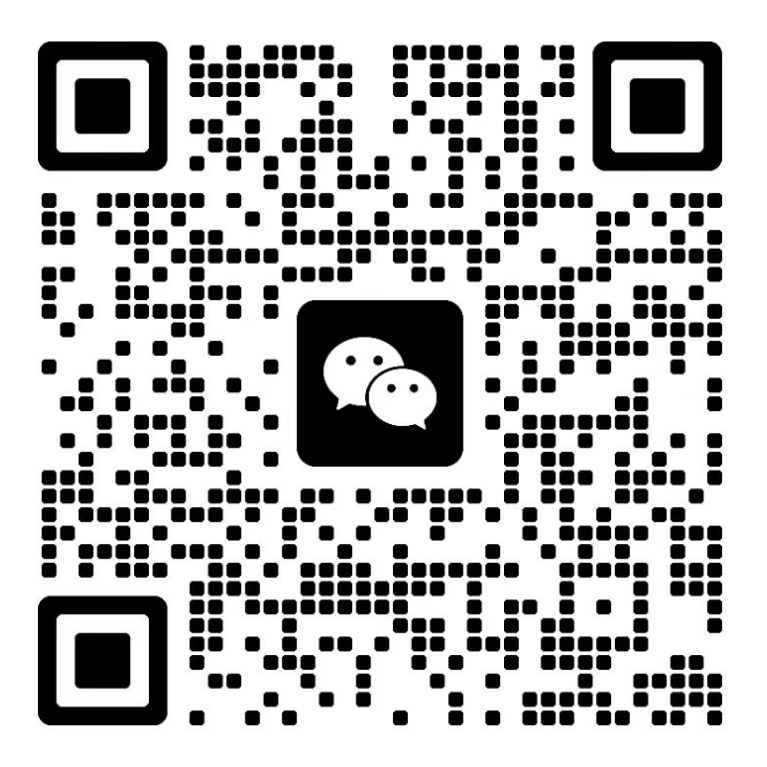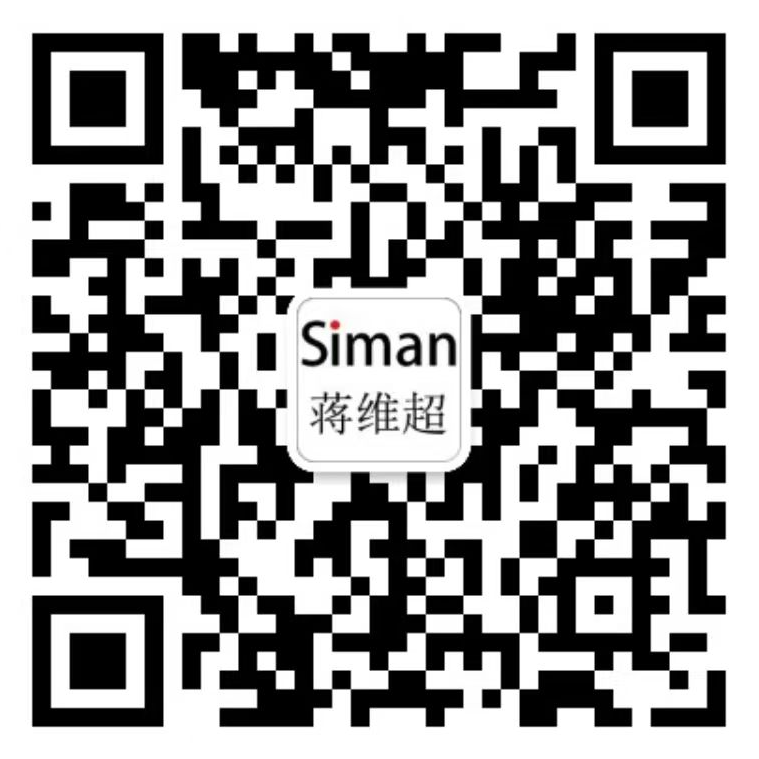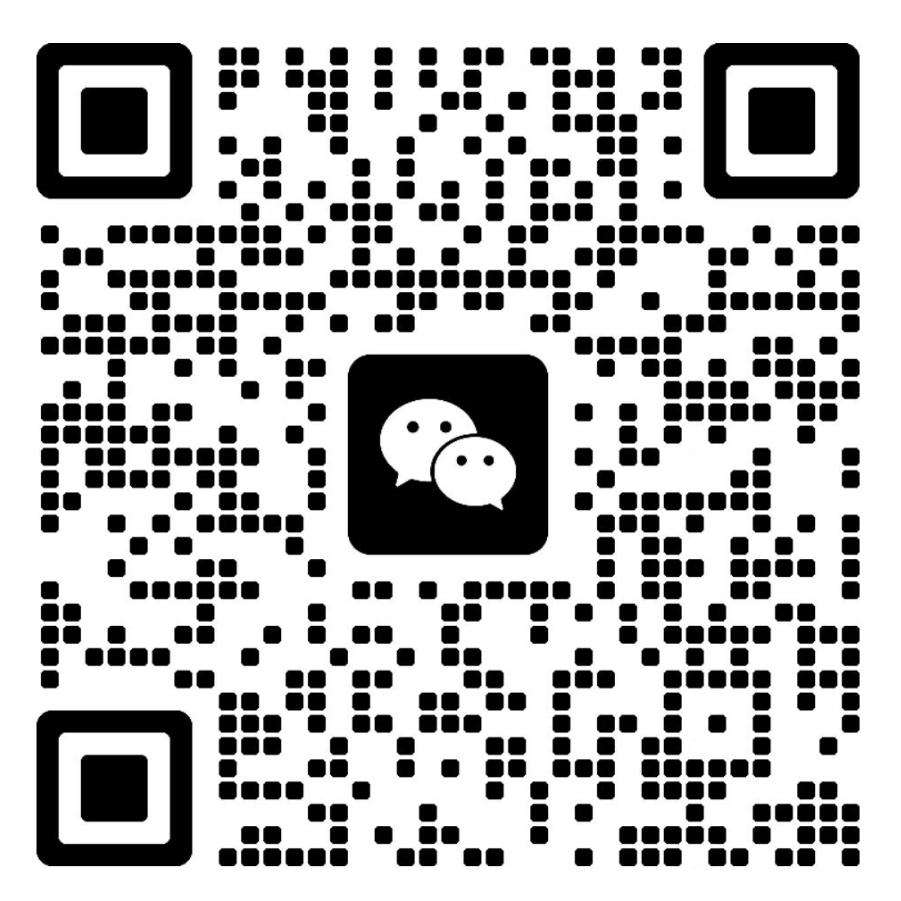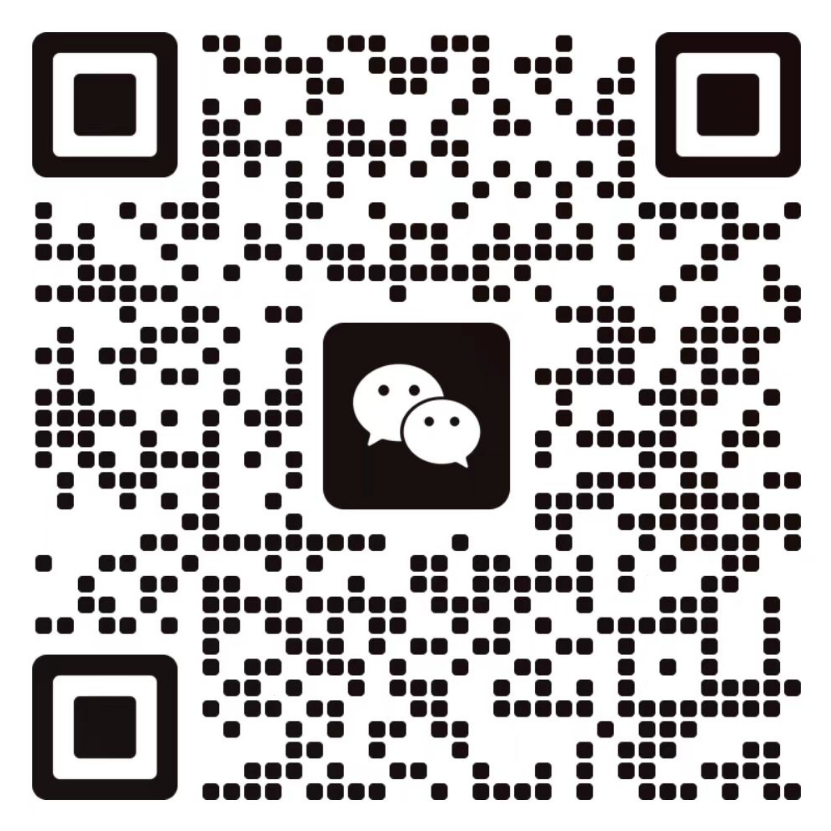
Siman's various models of LiDAR sensors provide a wealth of signal interfaces, and customers are not sure which signal is suitable for them when choosing, which often causes a lot of use impact. Now make a column on various signal interfaces, for customers to choose the right signal interface according to their own needs.
UART is an abbreviation for Universal Asynchronous Receiver/Transmitter, which is a module/chip used for serial communication. The UART module has built-in transmit and receive circuits, which can realize asynchronous serial communication with serial devices.
Merit:
1. Strong versatility: UART communication protocol is a general asynchronous serial communication protocol, which is commonly used for communication between microcontroller chips and peripheral devices.
2. No need for clock synchronization: UART adopts asynchronous communication, that is, there is no need for clock synchronization before data transmission.
3. Long transmission distance: The low level of the UART is 0V, and the high level is 3.3V or 5V, where the low level can transmit a distance of several hundred meters.
4. Simple data transmission: The data of UART communication can only be transmitted one bit at a time, and the communication rate is not high, but the simplicity of data transmission is one of its advantages that cannot be ignored.
5. Duplex communication can be realized: UART supports full-duplex communication, that is, data can be transmitted and received at the same time.
Shortcoming:
1. The data transmission rate is relatively low, usually in the range of thousands to hundreds of thousands of times per second, which is suitable for short-distance communication.
2. Less reliable, since UART represents binary digits by using level voltage differences, which means that its signal strength weakens with distance, which often leads to signal loss or corruption.
3. Prone to interference, asynchronous communication between the two sides of the communication is often prone to interference, and errors or losses may occur in data transmission.
4. Limited data length: UART can only transmit one bit at a time, and the data length is limited, requiring multiple transmissions to complete the data transfer.
In general,UART is a general-purpose serial communication protocol with the advantages of strong versatility, but it also has the disadvantages of low communication rate and low reliability, and needs to be selected and used according to actual needs.
The IIC (Inter-Integrated Circuit) interface, also known as the I2C interface, is a serial communication interface protocol used to transfer data between integrated circuits (ICs). The IIC interface was developed by Philips in 1982 to simplify the complexity of connecting multiple ICs while reducing the number of cables and the cost of connection.
Key features of the IIC interface include:
1. Serial Transmission: Bidirectional serial data transmission using two wires (SCL and SDA).
2. Multi-host architecture: Allows multiple host devices (such as CPU, DSP, FPGA, etc.) to communicate with each other through the IIC bus.
3. Master-slave mode: On the IIC bus, the device can be either a master or a slave. The master device controls the communication on the bus, and the slave device responds to the control commands of the host device.
4. Data frame structure: Data transmission is carried out by means of variable data length (up to 256 bytes) and an optional acknowledgment mechanism. A data frame consists of a start bit, a slave address, a read/write bit, an ACK bit, a data bit, and a stop bit.
The IIC interface is suitable for many applications, such as peripheral control, sensor reading, memory reading and writing, communication protocols, etc. Due to its low power consumption, simple implementation, and reliability, it has become one of the standard interfaces for many embedded systems and microcontrollers.
Pros:
1. Two-way transmission: IIC can carry out two-way data transmission through the same wire, which reduces the number of connecting wires and saves space.
2. Multi-device connection: Multiple devices can be connected together through the IIC bus to realize data exchange at any time.
3. Automatic address assignment: Addresses are automatically assigned when the device is connected to the bus, no need to set it manually.
4. Power saving: The transmission rate of the IIC is low, and the maximum transmission rate can only reach 400 Kbps, so its power consumption is relatively low.
5. High reliability: IIC uses a bidirectional transmission and verification mechanism to detect and correct errors in the data transmission process.
Cons:
1. Slow transmission rate: The maximum transmission rate can only reach 400 Kbps, which is slow in big data transmission scenarios.
2. Wire length limitations: IIC requires linear level translation through resistors, resulting in limited line length. Excessive cord lengths may cause communication failures.
3. Line conflicts: Multiple devices on the IIC bus share one SDA and one CLK line, and line conflicts can occur when multiple slaves answer requests at the same time.
4. Address Conflict: If multiple slaves use the same address, it can lead to address conflict issues.
RS232 is a serial communication interface standard for the transmission of data between data terminal equipment (DTE) and data communication equipment (DCE). The RS in its name stands for Recommended Standard, and 232 means it was published in 1962. The RS232 interface is one of the early serial communication interfaces, which transmits data serially, and can only transmit one bit of data at a time. The standard for RS232 interfaces defines electrical and mechanical characteristics, and defines communication protocols between devices.
Merit:
1. Transmission distance: The RS232 interface can reach a maximum transmission distance of 50 feet (15 meters), and the normal use distance is three to five meters, which is completely sufficient for most personal computers and other devices.
2. Speed: The RS232 interface usually works at low speeds, with a speed of no higher than 115.2 Kbps, but in many application scenarios, this is sufficient.
3. Stability: The RS232 interface is less sensitive to interference, and there will be almost no bit errors or other errors in the transmitted data.
4. Versatility: RS232 interface is widely used, and many devices can realize data transmission through RS232 interface.
Shortcoming:
1. Relatively large footprint: RS232 interface requires corresponding space for wiring on the PCB board, which is larger than the popular USB interface, requiring higher wiring space and connector volume.
2. Too many cables: RS232 interface requires 9-pin or 25-pin connectors, and two pairs of cables need to be used, which is a large number. In the case of high-speed and long-distance communication, electromagnetic interference problems are prone to occur.
3. Cannot be hot-swapped: Because the RS232 interface is a mechanical slot, the plugging and unplugging needs to be manually operated, and it does not support hot-swapping. This requires some corresponding operations to be performed on the device before plugging in and unplugging.
4. Rate limit: The RS232 interface cannot meet the needs of high-speed communication, and the general rate cannot exceed 115.2 Kbps, which has certain limitations in real-time applications of big data.
RS485 is a serial communication standard for data transmission over long distances between multiple devices. It is an extension protocol of RS232 for communication in industrial fields and automation equipment. The RS485 interface adopts Differential Voltage information transmission, which uses differential output to improve the anti-interference and transmission distance, and is able to transmit data within a distance of 4000ft (1219m).
Merit:
1. Impedance matching: RS485 adopts differential signal transmission, and the impedance matching is better, which is conducive to reducing the influence of reflection and improving the transmission speed of the cable.
2. Transmission distance: The transmission distance of RS485 can reach 1200 meters, which is suitable for long-distance communication, and is better than RS232 in terms of transmission distance and anti-interference.
3. Multi-point communication: RS485 supports multi-point communication, which can connect multiple devices and communicate at the same time, reducing the density and length of communication lines and reducing system costs.
4. Anti-interference: The transmission line of RS485 is two pairs of lines, using differential signal transmission, noise and interference have little influence on it, and have strong anti-interference ability.
Shortcoming:
1. Rate limiting: The transmission rate of RS485 is relatively low, generally below 1Mbps, and is not suitable for high-speed data transmission.
2. Non-standard communication protocol: The communication protocol of RS485 is not standardized, and the two parties need to agree on the data format and control information to be transmitted, which makes it relatively difficult to communicate with equipment from different manufacturers.
3. Power failure problem: RS485 interface can only be used when the power supply is connected, once the power supply is off, the communication cannot be carried out.
4. Vulnerable to attack: Since the RS485 interface uses a shared bus transmission, if no preventive measures are taken, it is easy to be hacked, resulting in confidentiality and data security problems.
The RS422 interface is a widely used serial communication interface with the following characteristics:
1. Long signal transmission distance: RS422 interface can transmit data within a distance of 1200 meters, which is farther than that of other serial interfaces.
2. High-speed transmission: The transmission speed of RS422 interface can reach 10Mbps, which can meet the needs of high-speed data transmission.
3. Bidirectional transmission: RS422 interface can support bidirectional transmission, that is, sending and receiving data at the same time.
4. Strong scalability: RS422 interface can support multi-point connection and can connect multiple devices.
Merit:
1. Long transmission distance: RS422 interface has a long transmission distance, which is suitable for long-distance transmission.
2. Fast transmission speed: The transmission speed of RS422 interface is fast, which can meet the needs of high-speed data transmission.
3. Support multi-point connection: RS422 interface can support multi-point connection, which is suitable for multi-device communication.
4. Strong anti-interference ability: RS422 interface has strong anti-interference ability, and the signal is stable and reliable.
Shortcoming:
1. High cost: Compared with other serial interfaces, the cost of RS422 interface is higher.
2. Signal inflexibility: RS422 interface sends and receives data signals inflexible, not suitable for transmitting complex data.
3. More signal lines: RS422 interface signal transmission requires multiple signal lines, which occupies a large space.
CANBUS communication is a bus communication protocol commonly used in distributed control systems. It can realize communication and coordination between multiple devices, and is usually used in automotive buses, industrial control, communications, entertainment equipment and other fields.
Merit:
1. High reliability: Because the CANBUS communication protocol adopts differential signal transmission, it can effectively reduce communication interference and noise, thereby improving the reliability of communication.
2. Strong anti-interference ability: CANBUS communication protocol can automatically detect errors in the process of data transmission, and resend or ignore error messages. Therefore, in the environment of strong noise and interference, CANBUS communication has the advantage of strong anti-interference ability.
3. High transmission rate: CANBUS communication protocol supports the ability of high-speed data transmission, and the transmission rate can be as high as 1Mbps, so it can be suitable for high-speed data transmission occasions.
4. Good scalability: CANBUS communication protocol has good scalability, which can easily add new equipment, exchange data, etc., so as to realize the upgrade and expansion of the system.
Shortcoming:
1. For beginners, learning and implementing CAN communication protocols is more complicated, and requires certain professional knowledge and engineering experience.
2. For the uncontrollable situation of data transmission, the CANBUS communication protocol will affect the global communication quality, resulting in complex global communication.
3. Long system start-up time: The CANBUS communication protocol requires system initialization and bus scanning, so it requires a long preparation time when the system is started.
In general, CANBUS communication is an advanced bus communication protocol, which has the advantages of high reliability, anti-interference, high transmission rate and good scalability, and is suitable for data communication in complex industrial and transportation systems.
The 4-20mA analog signal is a widely used signal form in the field of industrial automation control, which refers to the current signal, the current value varies between 4 and 20 mA, corresponding to the different values of the measured quantity.
Merit:
1. Good anti-interference, stable and reliable transmission performance in industrial environments with large interference;
2. The transmission distance is long, up to hundreds of meters, and will not be affected by signal loss;
3. In the process of signal transmission, it can make full use of the power supply in the wire and cable, and there is no need for additional power supply equipment;
4. Multiple signals can be transmitted without configuration and calibration.
Shortcoming:
1. The transmission speed is slow, and its transmission rate is lower than that of digital signals;
2. The hardware design is more complex, and it is necessary to use a special analog input and output interface design;
3. Affected by factors such as line resistance and wire length, it is necessary to control the signal strength to a certain extent during the design, otherwise the signal quality may be affected;
4. When using 4-20mA signals, additional voltage-to-current conversion circuits are required, which increases the system cost.
Voltage analogue signal
The 0-5V voltage signal interface is a commonly used analog signal interface, which is usually used to transmit signals in analog scenarios. The working principle of the 0-5V voltage signal interface is to convert the analog signal into a 0-5V voltage signal according to certain rules, so as to transmit it through the interface.
Pros:
1. Low cost: 0-5V voltage signal interface is usually implemented by common analog circuits, so the manufacturing cost is relatively low, and it is easy to use and promote.
2. Convenient and practical: The 0-5V voltage signal interface usually has a high degree of standardization, a wide range of application scenarios, and can be connected with a variety of devices, which is very convenient and practical.
3. Long transmission distance: The voltage signal has a long transmission distance, and the signal distortion in the transmission process is small, which will not have much impact on the transmission measurement.
4. Simple to install and use: Due to the simple use, easy installation and debugging of the 0-5V voltage signal interface, it is easy to use for some non-professional users.
Cons:
1. Limited accuracy: There may be errors or distortions in the process of voltage signal interface conversion, so the accuracy will be limited.
2. Slow data transmission rate: Since the 0-5V voltage signal interface is an analog signal, the data transmission rate is usually slower than that of digital signals.
3. Interference by external noise: During the transmission process, the 0-5V voltage signal interface may be subject to noise interference from external factors such as electromagnetic interference and radio frequency interference, which will affect the transmission and accuracy of data.
EtherNet
The EtherNet interface is a standard interface for computer network communication, also known as the Ethernet interface. Typically used in local area networks, using the Transmission Control Protocol/Internet Protocol (TCP/IP) protocol family for communication.
Pros:
1. High reliability: The technology of EtherNet interface is mature, and after a long period of development and improvement, it has become very reliable.
2. Fast speed: The EtherNet interface is fast and can support high-speed data transmission, making multimedia applications and high-speed data transmission easier and faster.
3. Good flexibility: The design of the EtherNet interface is very flexible, and different network topologies, transmission media and data transmission methods can be customized according to actual needs.
4. Low cost: Since EtherNet interface technology is mature and widely used, the cost is relatively low, making it more convenient for cost-sensitive applications.
Cons:
1. Not very secure: Since the EtherNet interface is a communication protocol based on a public network, it does not have a high level of security.
2. Limited scalability: When users need to scale up their network, they may find that some interfaces have limited scalability, so they need to add new relay equipment or replace the network infrastructure.
3. Complex configuration: It is time-consuming and difficult, especially for novices, who may need to spend some time learning and mastering the relevant techniques.
4. Frequent interference: Due to the fact that there are many interference factors between network devices with a certain cable distance, frequent interference problems may occur during long-term use.
A switching IO signal is a digital signal that indicates that there are only two states, either on or off. It is often used to represent binary input or output states, such as the state of switches, buttons, sensors, indicators, and other devices. It is widely used in computer control systems, industrial automation and machine control, such as controlling the start and stop of machines, the switching of subsystems, and the indication of working status. The voltage of the switching IO signal is usually 5V or 24V, which has the characteristics of high reliability, simplicity, easy installation and maintenance.
An IO interface is an interface that connects digital signals to external devices and is designed to enable communication between devices. In automation control systems, IO interfaces are typically used to connect sensors, actuators, and other devices and communicate with the controller.
PNP and NPN are the two most common modes in IO interfaces. The difference is that the outputs are positive (+) and negative (-), respectively.
The advantages of PNP include:
1. Simple operation: thin oxide layer, good polarity judgment, easy to identify installation direction.
2. Good compatibility: PNP interface can be compatible with most digital circuits, and can meet the input characteristics requirements of most digital circuits.
3. Wide range of application: PNP interface components are widely used in control and detection circuits, industrial automation and instrumentation industries.
The advantages of NPN include:
1. For some applications, the NPN IO interface can achieve higher accuracy.
2. It has good withstand voltage capacity and can cope with high voltage environment.
3. It has high anti-interference ability and can operate stably in complex environments.
The disadvantages of PNP include:
1. Unstable impedance: The output impedance of the PNP IO interface is unstable, which will affect the external circuit.
2. Complex circuits: The work involving multiple devices requires more circuit design;
3. Current Output Limitation: Since the PNP IO interface is limited to the output of positive current, it is not possible to output negative current.
The disadvantages of NPN include:
1. Determining the Signal Along Order: The signal along the NPN IO interface seems to be difficult to determine along the order.
2. Slow reception speed: The receiving speed is slow due to the large input resistance of the NPN IO interface.
In general, PNP and NPN IO interfaces have their own advantages and disadvantages, and can be selected and used according to actual needs.
Business Manager: Manager Jiang
Tel:13391208082
E-mail:13391208082@163.com

Business Manager: Manager Li
Tel:18737118612
E-mail:18737118612@163.com

Business Manager: Manager Lv
Tel:15238312802
E-mail:15238312802@163.com

Business Manager: Manager Wang
Tel:15238360758
E-mail:15238360758@163.com

Copyright © 2024 Siman Sensor Technology Co., Ltd. 豫ICP备2024098333号